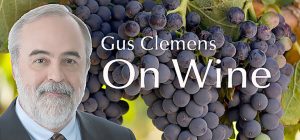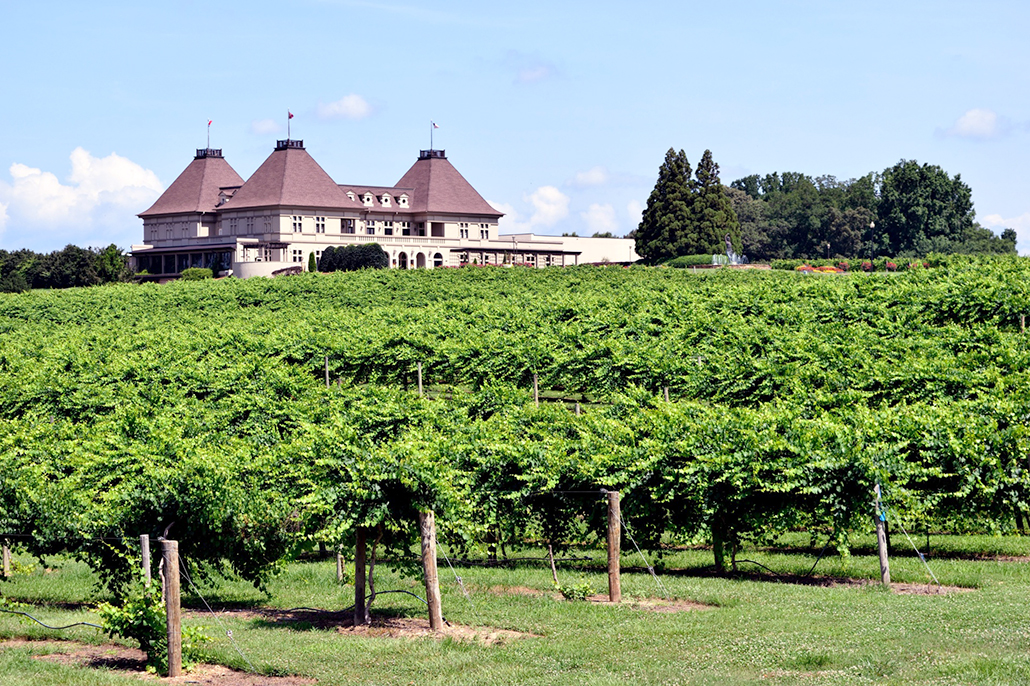Blending is essential to making some of the world’s most iconic wines. We explored the several ways to blend last week. This week, specific wines created by blending.
• Champagne can be a blend of pinot noir, chardonnay, and pinot meunier. It often is a blend of different vintages. Champagne houses aim to produce a distinctive, consistent product year after year, and blending grapes and vintages is how they do it. Most of the time. In exceptional years they may make a single vintage Champagne, and houses also can produce a single variety Champagne.
• Bordeaux, the world’s largest fine wine region, almost always produces blended wines. Key varieties are cabernet sauvignon, merlot, cabernet franc, malbec, and petit verdot for red wines. Bordeaux also produces blended white wines—Bordeaux blancs—using sauvignon blanc, sémillon, and muscadelle.
• Chianti usually qualifies as a sangiovese varietal, but in lowest classification up to 20% may be white grapes malvasia and trebbiano.
• Super Tuscans are sangiovese-based wines from the Chianti region but must be called something else because less than 90% of the wine is sangiovese. Super Tuscans are blends of sangiovese, cabernet sauvignon, cabernet franc, merlot, and others, often with a significant oak influence and high alcohol. Italian rules once required them to be labeled vino da tavola “table wine”—indicating the lowest quality. Wine makers rebelled, coined Super Tuscan, and in 1992, Italian authorities relented and recognized the blend’s name.
• GSM wines—a blend of grenache, syrah, and mourvèdre that also can contain splashes of 19 other grape varieties—is a distinctive Côtes du Rhône blend that spread worldwide. Notable GSM regions include Châteauneuf-du-Pape, Bandol, and Languedoc in France. Now also in Australia and California.
• Rioja is Spanish blend with tempranillo leading the way, supported by mazuelo, graciano, and sometimes garnacha.
• Porto (port wine) is a Portuguese fortified wine that allows more than 80 varieties in the blend. Touriga nacional, touriga franca, and tinta roriz (aka tempranillo) are the leading grapes.
• USA, where anything goes. Unlike the Old World, New World makers seldom have any legal restrictions on what they make. Blends can consist of whatever grapes a winemaker pleases. Makers can follow Old Word formulas, but they also throw in zinfandel and other varieties. A goodly number of California makers use field blends and could not tell you exactly what grape varieties are in their wine.
Last round: Cowboy giving instructions on how to get to a West Texas ranch: “Go out yonder, take a left, and you are almost there. Be sure to close each gate after you pass through.” Wine time.


